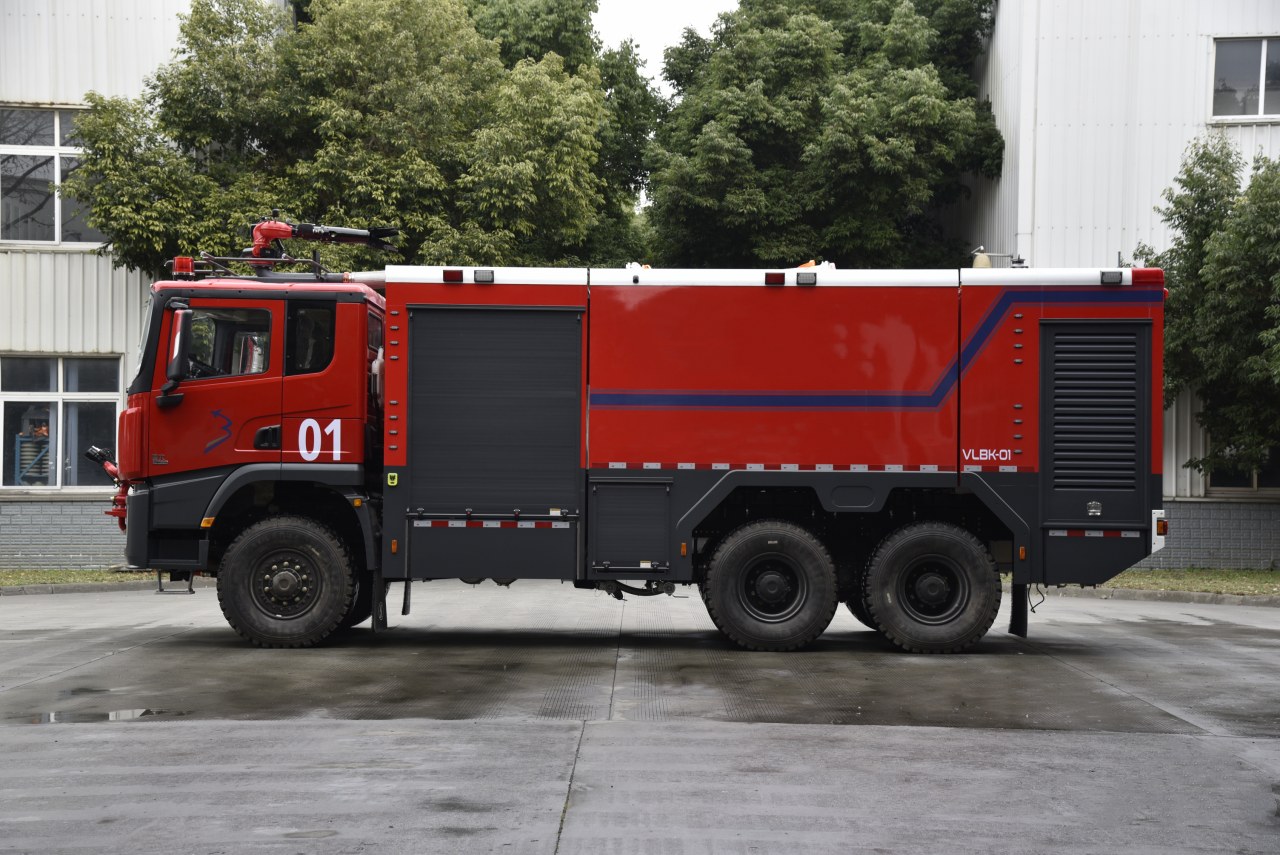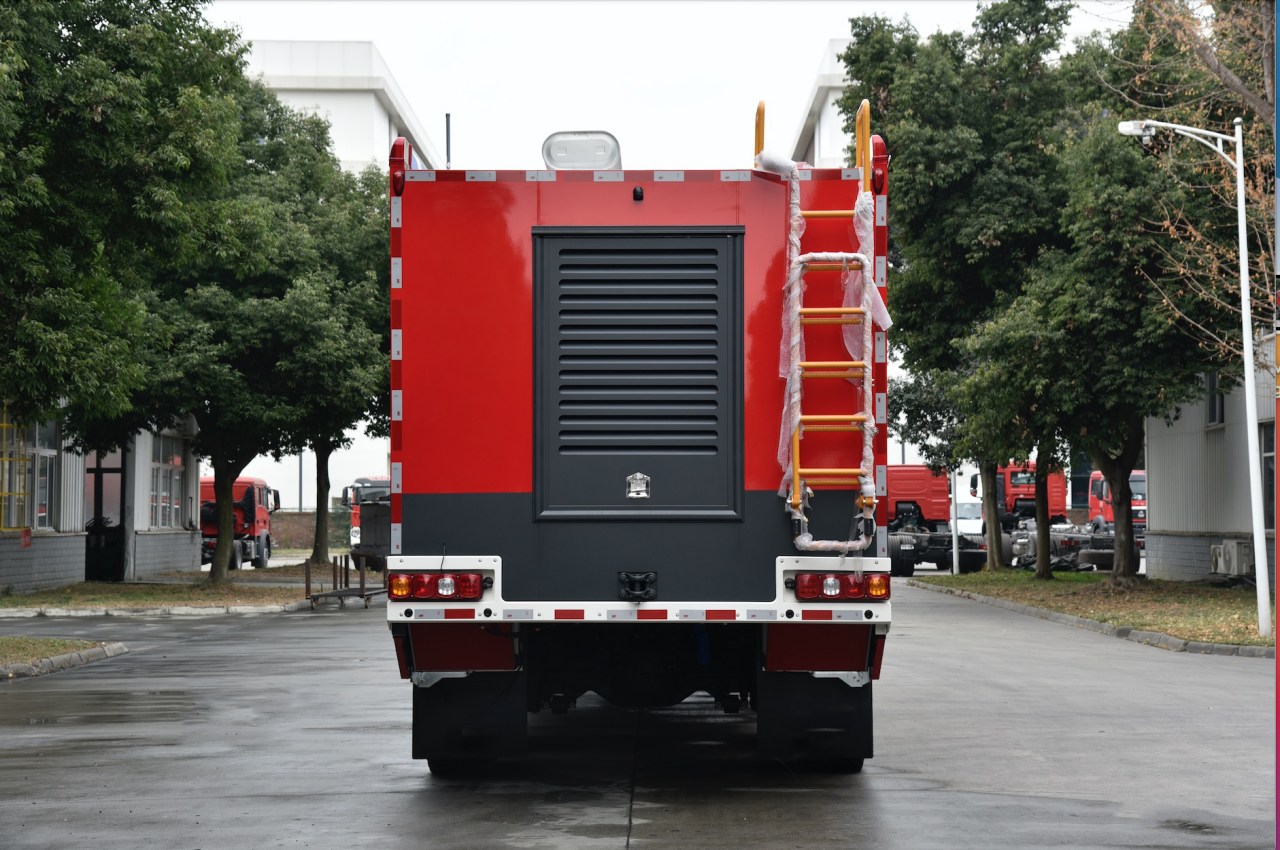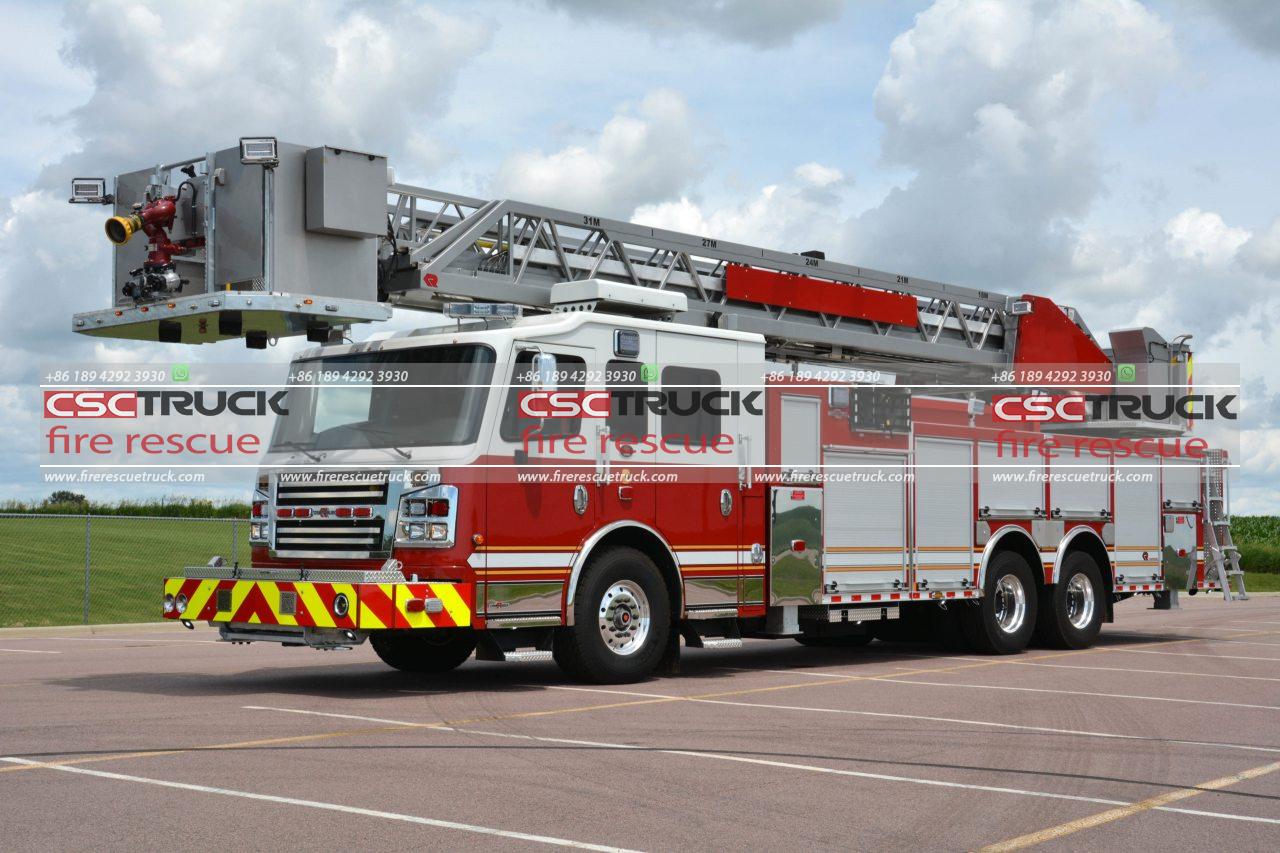Fire trucks are among the most iconic and vital emergency response vehicles. With their bright red color, blaring sirens, and impressive size, fire trucks are engineered for speed, efficiency, and functionality in critical situations. But beyond their appearance lies a complex and highly specialized piece of machinery. So, how does a fire truck work? This article breaks down the components, systems, and operations that make fire trucks effective lifesaving tools.
The Purpose of a Fire Truck
At its core, a fire truck (also called a fire engine in some contexts) is designed to support firefighting efforts. It carries firefighters, equipment, and water to the scene of a fire or emergency. Modern fire trucks also serve additional roles, including rescue operations, hazardous material containment, and even medical assistance.
There are several types of fire trucks, such as pumpers, tankers, aerial ladder trucks, and rescue units, each designed with specific capabilities. However, most fire trucks share several fundamental systems that allow them to function effectively.

The Chassis and Engine
A fire truck begins with a heavy-duty commercial or custom chassis that supports the weight of its components. The chassis includes the frame, suspension, axles, and steering systems. It must be durable enough to carry thousands of pounds of equipment and water, while also being agile enough to maneuver through traffic.
Fire trucks are powered by large diesel engines, often producing 400 to 600 horsepower. These engines provide the torque necessary to move the vehicle quickly and operate onboard systems such as the water pump and power take-off (PTO) units. Diesel engines are preferred for their durability, fuel efficiency, and ability to generate sustained power under heavy loads.
The Water Pump System
One of the most important features of a fire truck is its water pump system. This system enables firefighters to deliver water with high pressure to extinguish flames effectively. Most fire trucks use a centrifugal pump, which operates using an impeller to create water pressure.
The pump draws water either from the onboard water tank, a hydrant, or another external source such as a lake or reservoir. Through the pump panel—typically located on the side of the truck—firefighters can control the flow and pressure of water to different hoses.
A common configuration includes:
- Single-stage pumps for smaller applications
- Two-stage pumps that provide either high-pressure or high-volume modes
- Pump-and-roll capabilities, allowing the truck to move while pumping water, are especially useful in wildland fires

Onboard Water and Foam Tanks
Most fire trucks carry an onboard water tank, usually ranging from 500 to 1,000 gallons, depending on the vehicle type. In rural or remote areas where hydrants aren’t available, tanker trucks may carry even more, up to 3,000 gallons or more.
Some fire trucks are equipped with foam systems in addition to water. These systems mix firefighting foam with water to suppress fires more effectively, especially in flammable liquid fires (Class B fires). Foam proportioning systems allow firefighters to regulate the foam-water ratio depending on the situation.
Hoses and Nozzles
Hoses are the arteries of the fire truck, transporting water from the pump to the fire. Fire trucks carry several types of hoses, categorized by diameter and purpose:
- Attack lines (1.5–2.5 inches) for fighting fires directly
- Supply lines (4–5 inches) to deliver water from hydrants or tankers
- Booster lines (usually 1 inch) for small fires or mop-up operations
Each hose is fitted with a nozzle, which can be adjusted to produce different spray patterns, including straight stream and fog patterns. Nozzles are designed to control the direction, flow rate, and pressure of the water.

Aerial Devices and Ladders
For reaching higher elevations, aerial fire trucks are equipped with extendable ladders or articulated booms. These ladders can reach up to 100 feet or more and often include a platform or bucket at the top for rescuing people or operating a hose.
The ladder is mounted on a turntable that rotates 360 degrees, allowing access to any side of a building. The movement is controlled hydraulically, often from a control station either on the ground or in the bucket itself.
Some ladders have integrated water pipes (known as waterways) that allow firefighters to spray water from the top of the ladder without needing to run hoses manually.
Storage and Tools
Fire trucks are mobile toolboxes. Compartments along the sides store an array of essential tools for different emergencies. Common equipment includes:
- Axes, crowbars, and halligan bars for forcible entry
- Chainsaws and ventilation fans
- Thermal imaging cameras to detect heat signatures
- Breathing apparatus (SCBA) for firefighter protection
- Medical kits and defibrillators for first response
- Rope, pulleys, and harnesses for technical rescues
Each compartment is organized and labeled for quick access, and often includes LED lighting to assist during nighttime operations.

Communication and Electronics
Modern fire trucks are equipped with sophisticated communication systems to maintain contact with dispatch centers and other emergency vehicles. Radios, GPS navigation, and mobile data terminals (MDTs) are standard equipment.
Additionally, onboard cameras and scene lighting enhance visibility and safety during night operations. Some trucks are even equipped with drones or robotic devices to assess dangerous environments remotely.
Crew Operations and Safety
A typical fire truck crew includes a driver/operator, an officer, and 2 to 4 firefighters. Each crew member has specific responsibilities, from navigating to the scene, managing the pump panel, operating hoses, or performing rescues.
Safety is paramount in fire truck design. Features such as rollover protection, secure seating, air suspension systems, and reinforced cabs ensure crew safety while in transit. The cab is designed for rapid deployment, with gear stored in accessible compartments so firefighters can gear up quickly.

Specialized Fire Trucks
In addition to standard fire engines, there are specialized fire trucks tailored for specific missions:
- Rescue trucks: Carry extrication tools like the “Jaws of Life“
- Hazmat units: Handle hazardous material incidents
- Airport crash tenders: Designed for aviation emergencies with high-capacity foam systems
- Wildland engines: Smaller, agile units for forest and brush fires
Each of these vehicles is built with unique capabilities suited to its environment and mission profile.
Conclusion
A fire truck is far more than just a vehicle; it is a rolling command center, water system, rescue platform, and tool depot all in one. Every feature—from the engine to the aerial ladder—is designed with precision to maximize efficiency and save lives. Understanding how a fire truck works highlights the incredible engineering behind these machines and deepens appreciation for the firefighters who operate them with skill and courage.
Whether racing down city streets or navigating rural terrain, the fire truck remains a critical part of emergency response infrastructure—and a symbol of readiness, resilience, and service.







